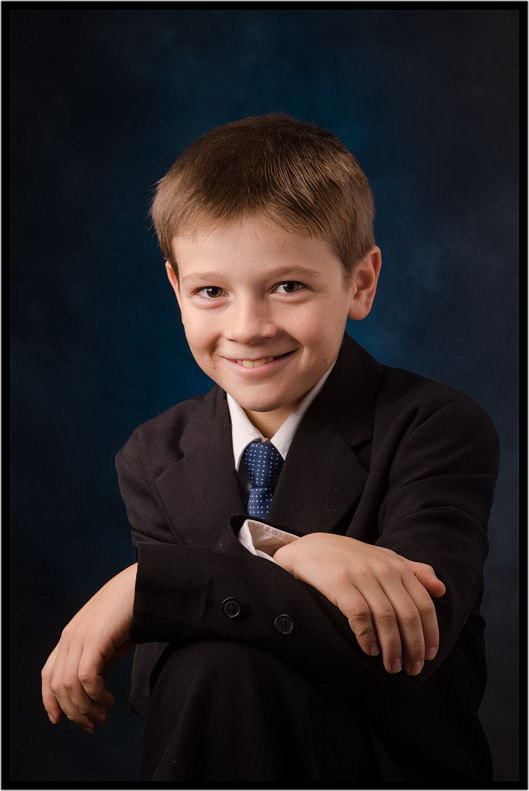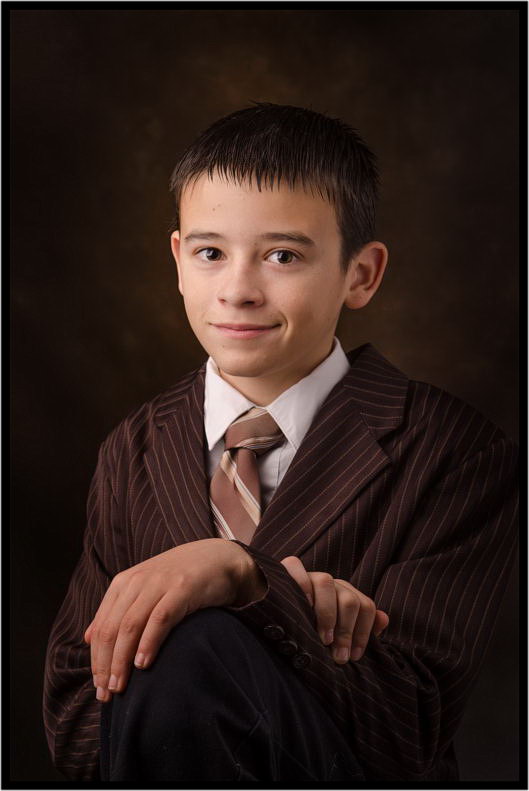JeanSpringer
TPF Noob!
- Joined
- Nov 30, 2015
- Messages
- 2
- Reaction score
- 0
- Can others edit my Photos
- Photos OK to edit
Hi! I'm in the process of setting up a studio in my basement for a new business venture. I'm very excited about this, but I have lots of questions. It's a belly painting business for pregnant women where I will be photographing them and sometimes their significant others and any other children they might have. I will also be photographing newborns and small groups. What are the pros and cons of investing in a green screen versus investing in various backdrops? Right now I'm using muslin and they just wrinkle. I want something that doesn't have a glare and that is wrinkle free.
Thanks for your help,
J
Thanks for your help,
J












